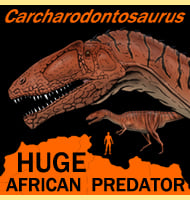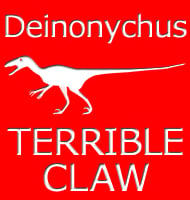Suskityrannus
In Depth Remains of Suskityrannus were first announced back in 1998 when the description of the ceratopsian dinosaur Zuniceratops was first published. Back then the fossil remains were thought to have been those of a dromaeosaur, but in 2019, a more detailed analysis of these fossils were published. The name chosen for this dinosaur was … Read more

